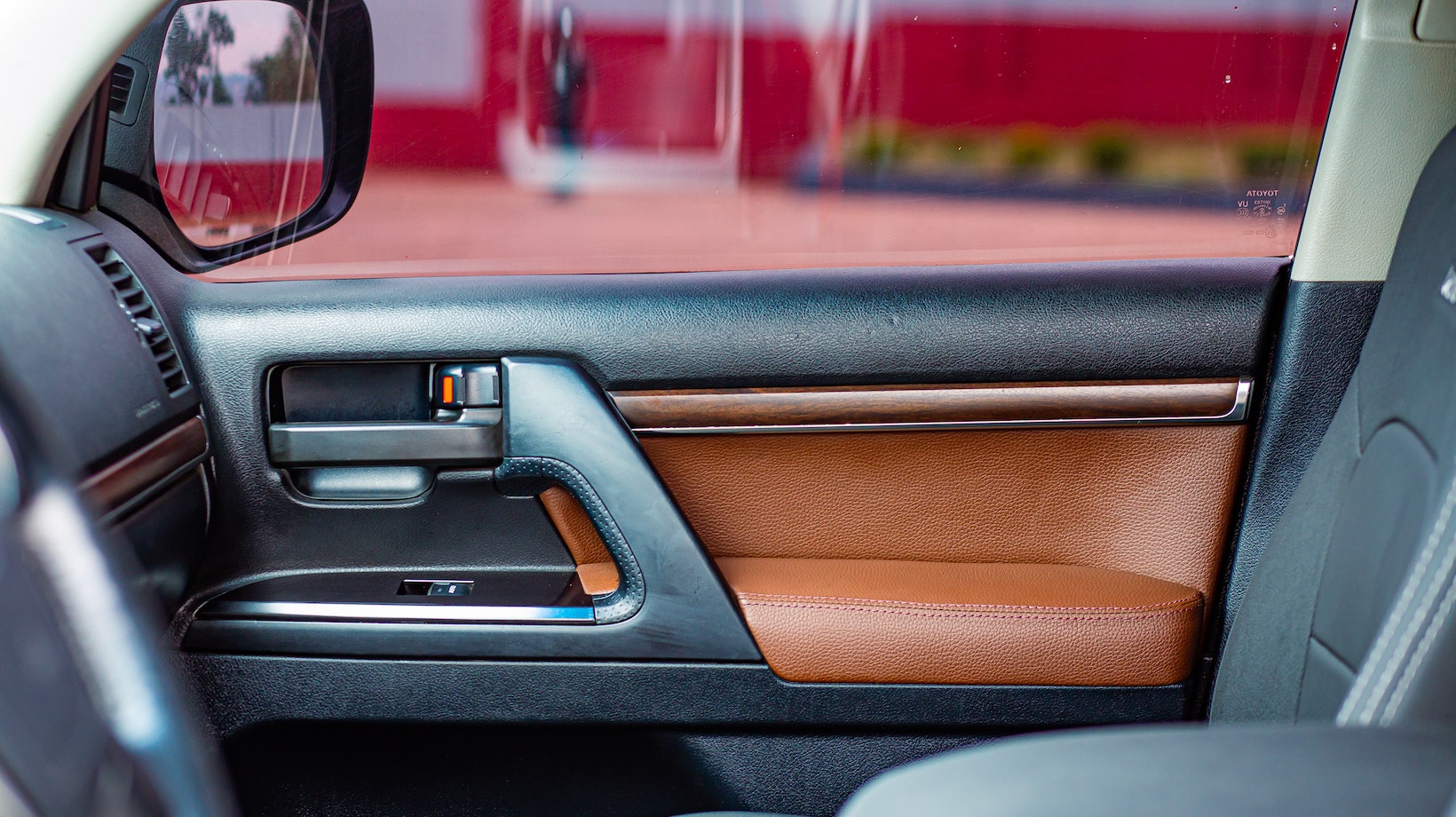Cracked leather car seat repair can be a daunting task, but with the right knowledge and techniques, you can restore your seats to their former glory. Leather seats not only add a touch of luxury to your car’s interior but also enhance its overall value. However, over time, wear and tear can lead to unsightly cracks in the leather surface.
When it comes to repairing cracked leather car seats, it’s important to start by assessing the extent of the damage. Small cracks can often be resolved with simple DIY methods such as using leather conditioners or repair kits. These products help moisturize the leather and fill in minor cracks, improving their appearance.
Cracked Leather Car Seat Repair
Leather car seats can develop cracks due to various reasons. Some common causes include:
- Age and Wear: Over time, the natural aging process of leather can lead to cracks and deterioration. Continuous usage, exposure to sunlight, and regular friction from sitting can accelerate this process.
- Dryness: Lack of proper moisturization and conditioning can cause leather to dry out, making it more susceptible to cracking. This is especially true in regions with low humidity or during dry seasons.
- Extreme Temperatures: Frequent exposure to extreme heat or cold can affect the elasticity of leather, causing it to become brittle and prone to cracking.
- Improper Maintenance: Neglecting regular cleaning and conditioning routines for your car seats can contribute to the accumulation of dirt, debris, and oils on the surface. These contaminants weaken the leather fibers over time, leading to cracking.
Steps to Properly Repair Cracked Leather Car Seats
Repairing cracked leather car seats can help restore their appearance and prolong their lifespan. Here are some steps to follow for proper repair:
- Clean: Begin by cleaning the seats thoroughly to remove any dirt, grime, or oils that may have accumulated. Use a mild leather cleaner and a soft brush to gently scrub the surface.
- Condition: Apply a high-quality leather conditioner to moisturize and replenish the lost oils in the leather. Conditioning helps improve flexibility and prevent further cracking.
- Patch or Fill: For small cracks, you can use a leather repair kit that includes a filler compound specifically designed for repairing cracks. Follow the instructions provided carefully to achieve optimal results.
- Recolor or Restore: Depending on the severity of the damage, you may need to recolor or restore the affected areas using appropriate leather dyes or professional restoration services. This step helps blend repaired sections with the rest of the seat for a seamless finish.
Remember that if you’re uncertain about your ability to repair cracked leather car seats yourself, seeking professional assistance from an experienced upholstery technician is always recommended.

Understanding the Causes of Cracked Leather Car Seats
When it comes to cracked leather car seats, there are several factors that can contribute to their deterioration. It’s important to understand these causes in order to prevent further damage and maintain the longevity of your car seats. Let’s take a closer look at some common culprits:
- Sun Exposure: The harsh UV rays from the sun can wreak havoc on your leather car seats over time. Prolonged exposure can lead to fading, drying out, and eventually cracking of the leather. To mitigate this issue, parking your vehicle in shaded areas or using window shades can help protect your seats from excessive sunlight.
- Dryness: Lack of moisture is another major factor that contributes to cracked leather car seats. When leather becomes dry, it loses its natural oils and flexibility, making it prone to cracking. This is especially true in arid climates or during colder seasons when humidity levels are low. Regularly conditioning your leather seats with a quality leather conditioner can help restore moisture and prevent cracks.
- Age and Wear: As cars age, so do their interiors, including the upholstery. Over time, constant use and friction from getting in and out of the car can wear down the protective layer of the leather, making it more susceptible to cracks. Additionally, improper cleaning methods or harsh chemicals can also accelerate this process.
- Improper Maintenance: Neglecting regular care and maintenance for your leather car seats can significantly impact their condition. Failure to clean spills promptly or using abrasive cleaners not specifically formulated for leather can strip away essential oils and weaken its structure.
By understanding these causes of cracked leather car seats, you’ll be better equipped to prevent and address potential issues. Taking proactive steps such as conditioning your seats regularly, protecting them from excessive sun exposure, and practicing proper cleaning techniques can go a long way in maintaining the beauty and integrity of your leather car seats.







































